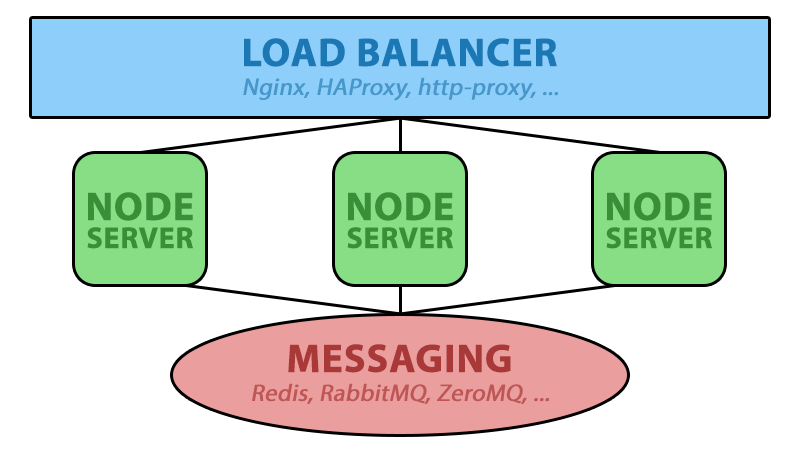Load balancing and clustering often work together in some ways even though they’re a bit different than each other and each of them have their own advantages in a way. First of all, clustering is generally just using the capability of software to provide functionality for load balancing by hardware. Load balancing is generally just utilizing hardware to provide network distribution services.
Clustering has a unique formula of distributing traffic that uses a few different algorithms. When traffic comes in and clustering is being used, one single application server will be made into a master controller, kind of like a stop light that tells vehicles when to stop and when to go. Through this master server or controller, every bit of traffic is then directed from there where to go and what to do. The few different algorithms used are weighted round robin, least connections and round robin.
The great thing about clustering is that it can scale up and add more instance of an application server. Clustering is great for scaling up when needed and can increase the response time of a server. HTTP and ICMP ping checks are often common when using clustering to ensure that a server is available for traffic.
Table of Contents
Clustering Vs Load Balancing – Which One Should You Use?

First up, we have clusters. Clusters are pretty reliable but do come with some faults of their own as no software or hardware as perfect.
Pros of Clusters
- If you have an application server, there’s usually an enterprise package offered by providers to help ease the cost.
- For people who aren’t network savvy or know how clusters work, they’re generally pretty friendly and don’t require a lot of knowledge to run.
- Load balancing hardware deployments in some cases can be useless and way overkill in terms of what’s needed. This puts a huge hole in the budget and the on-going maintenance is enough to scare a lot of people away.
Cons of Clusters
- One thing you have to consider when it comes to clusters is that you may not have 24/7 available. This is something that isn’t guaranteed when it comes to clusters.
- One downfall is that a lot of people have found for the best performance and practice, you have to deploy your cluster on a separate piece of hardware which can rack up a price really quick.
- You also need to have node agents that are on managed application servers on every instance.
- If you’re not running a homogeneous server, you may not be able to benefit at all from clustering because it’s very proprietary.
Next, we have what’s commonly referred to as load balancing or ADCs. They’re fairly powerful but not exactly the least expensive on the market for people looking for simple solutions that won’t burn a hole in your pocket.
Pros of Load Balancing
- The availability and sustainability of the load balancing methods such as ADCs are superior to clusters. Not only that but they also can support load balancing across heterogeneous servers as well, making them far more flexible.
- If you’re running a lot of applications or data, you’ll want to make sure you have the proper tools at your disposal to ensure people can get to them as quickly as possible without straining the server. ADCs offer security, acceleration and optimization for your server applications.
- One of the biggest pros for the load balancing hardware systems is that they don’t require you to make any changes to the servers or the applications where they’re deployed. This is a huge hassle for people who aren’t experienced in the field.
Cons of Load Balancing
- If you have a pre-existing architecture that’s already complicated, then you’ll be adding yet another piece of hardware to it.
- Clustering solutions are a lot cheaper as hardware can rack up a bill quite quickly.
- If you’re unfamiliar with how to manage load balancing hardware, you’ll need to obtain the skills to manage them or hire someone who can do so.
Making a choice ideally depends on your needs, your budget and what kind of traffic you’re dealing with. For most people, clusters are more than capable of handling your current needs, unless you’re running a mega site getting millions of hits.

